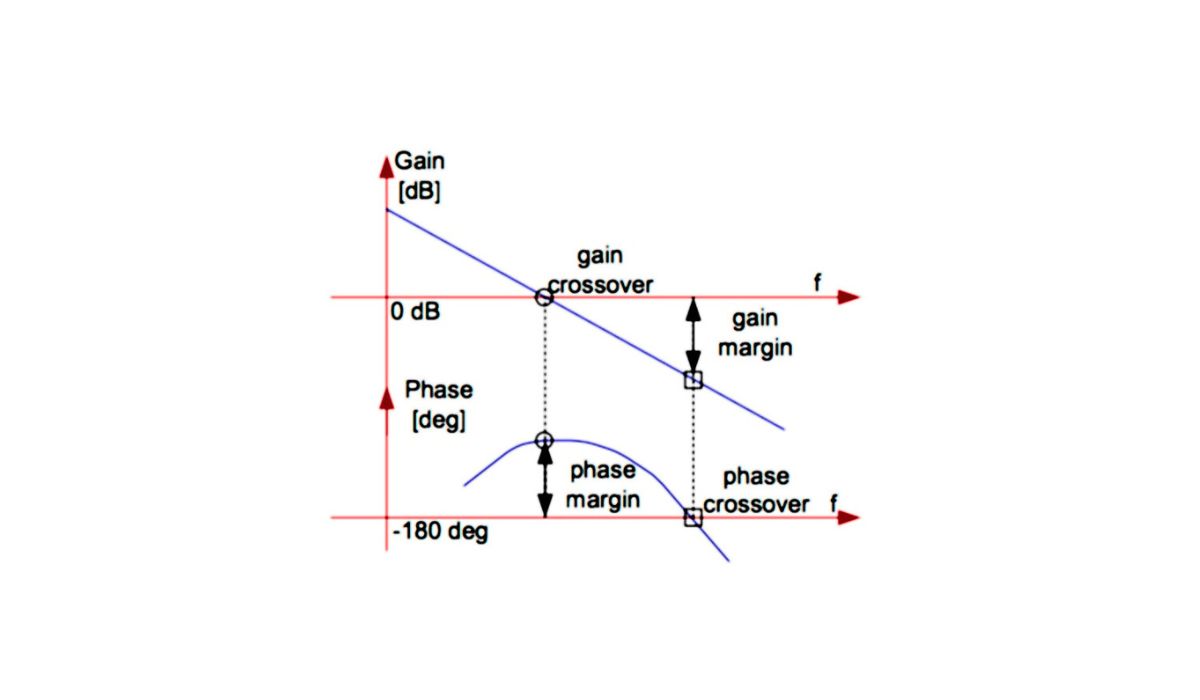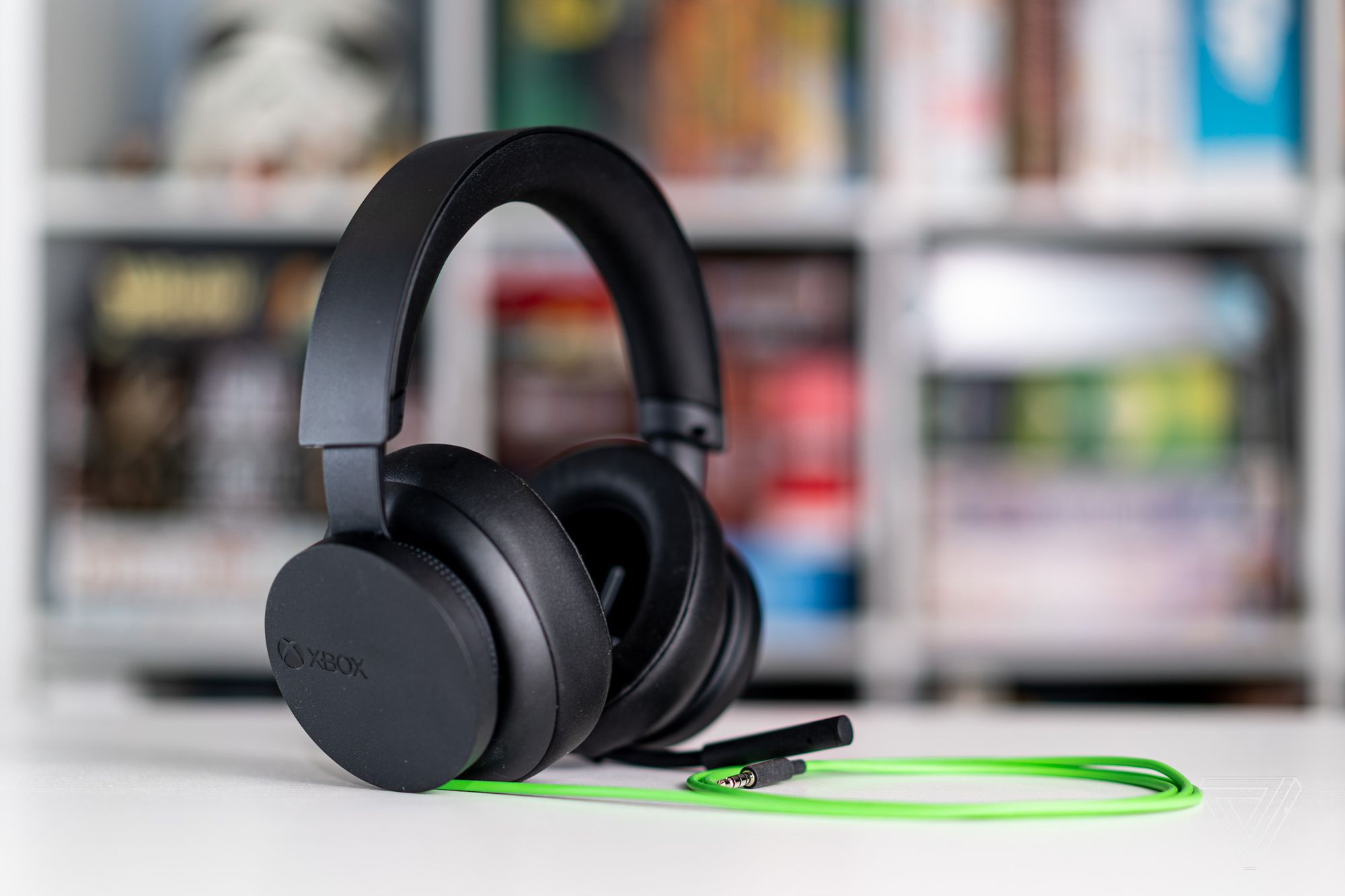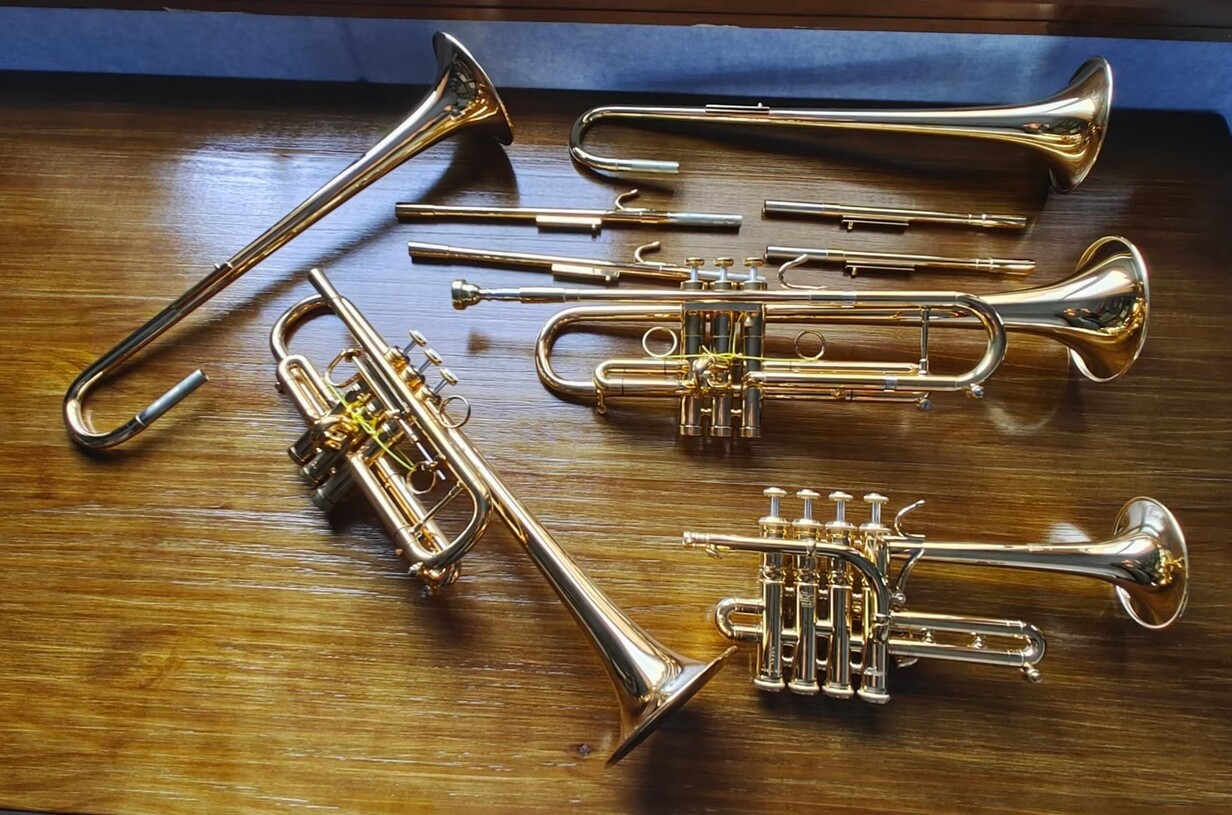Home>Events & Info>Frequency>What Is Frequency Response In Headphones


Frequency
What Is Frequency Response In Headphones
Published: February 18, 2024
Learn about frequency response in headphones and how it impacts sound quality. Understand the role of frequency in headphone performance and audio experience.
(Many of the links in this article redirect to a specific reviewed product. Your purchase of these products through affiliate links helps to generate commission for AudioLover.com, at no extra cost. Learn more)
Table of Contents
Introduction
Understanding the Importance of Frequency Response in Headphones
When it comes to choosing the perfect pair of headphones, there are numerous factors to consider, including comfort, design, and brand reputation. However, one often overlooked aspect that significantly impacts the overall audio experience is the frequency response of the headphones.
The frequency response of headphones refers to the range of frequencies that the headphones can reproduce and the consistency with which they reproduce each frequency. In simpler terms, it determines how well the headphones can handle different types of sounds across the audible spectrum, from deep bass to crisp highs. Understanding frequency response is crucial for audiophiles, music enthusiasts, and professionals who rely on accurate sound reproduction for their work.
In this article, we will delve into the concept of frequency response in headphones, its significance, and the factors that influence it. By the end, you will have a comprehensive understanding of how frequency response impacts your listening experience and how to interpret frequency response graphs when evaluating different headphone models. So, let's embark on this sonic journey to unravel the mysteries of frequency response in headphones.
Understanding Frequency Response
Frequency response is a critical aspect of audio equipment, including headphones. It is essentially a measure of how accurately a device can reproduce sound across the audible frequency range. The human ear can typically perceive frequencies between 20 Hz and 20,000 Hz, encompassing the bass, midrange, and treble frequencies.
Headphones with a flat frequency response aim to reproduce all frequencies equally, without emphasizing or attenuating any specific range. This results in a balanced and accurate representation of the original audio content. On the other hand, headphones with a colored frequency response may boost certain frequencies, such as bass or treble, to cater to specific preferences or genres of music. Understanding the frequency response of headphones is crucial for choosing a pair that aligns with your listening preferences and intended usage.
Frequency response is often depicted graphically, showcasing how the headphones perform across the audible spectrum. The graph illustrates the amplitude (volume) of sound at each frequency, allowing users to visualize how the headphones accentuate or attenuate specific ranges. By examining this graph, consumers can gain insights into the tonal balance and overall sound signature of the headphones.
Moreover, it’s important to note that the frequency response of headphones can significantly impact the listening experience. Headphones with an extended bass response might be ideal for bass-heavy music genres, while those with a more neutral response are suitable for critical listening and audio production tasks. Understanding the nuances of frequency response empowers consumers to make informed decisions based on their audio preferences and usage scenarios.
Ultimately, a clear comprehension of frequency response equips individuals with the knowledge to select headphones that deliver the sonic characteristics they desire, whether it’s faithful sound reproduction, enhanced bass impact, or a more vibrant treble response.
Importance of Frequency Response in Headphones
The frequency response of headphones holds immense significance in the realm of audio reproduction and personal listening experiences. It directly influences how music, podcasts, and other audio content are perceived, making it a pivotal factor in the selection of headphones. Let’s explore the key reasons why understanding and considering frequency response is crucial when choosing headphones.
- Sound Accuracy: A headphone’s frequency response determines how faithfully it reproduces the original audio content. Headphones with a flat frequency response strive to maintain accuracy across all frequencies, ensuring that the listener hears the audio as it was intended by the creators. This is particularly important for audiophiles, audio engineers, and musicians who rely on precise sound reproduction for critical listening and professional work.
- Personal Listening Preferences: Different individuals have varied preferences when it comes to audio reproduction. Some may favor a pronounced bass response for genres like hip-hop and electronic music, while others may prefer a more balanced sound signature for classical or jazz compositions. Understanding the frequency response allows consumers to align their headphone choice with their preferred tonal characteristics, enhancing their overall listening satisfaction.
- Optimized Audio Experience: Headphones with tailored frequency responses can enhance specific aspects of the listening experience. For example, headphones with an extended bass response can deliver a more impactful low-end, adding depth and richness to the music. Conversely, headphones with a detailed high-frequency response can accentuate intricate details in vocals and instruments, enriching the overall sonic experience.
- Compatibility with Audio Sources: The frequency response of headphones can also influence their compatibility with different audio sources. For instance, headphones with an emphasized bass response may complement tracks that lack low-end presence, while headphones with a neutral response can faithfully reproduce the nuances of high-resolution audio formats.
By acknowledging the importance of frequency response in headphones, consumers can make informed decisions based on their unique listening preferences, intended usage scenarios, and the sonic characteristics they value. Whether it’s enjoying music on the go, immersing oneself in a gaming session, or engaging in critical audio production tasks, the frequency response plays a pivotal role in shaping the overall auditory experience.
Factors Affecting Frequency Response in Headphones
The frequency response of headphones is influenced by a multitude of factors, each contributing to the overall sonic characteristics and tonal balance of the audio output. Understanding these factors is essential for discerning how headphones reproduce sound and how they align with individual preferences. Let’s delve into the key elements that impact the frequency response of headphones.
- Driver Design: The driver, which is the core component responsible for converting electrical signals into sound waves, plays a pivotal role in shaping the frequency response. Different driver designs, such as dynamic drivers, planar magnetic drivers, and balanced armature drivers, exhibit varying frequency response characteristics. For instance, planar magnetic drivers are known for their extended and linear frequency response, catering to audiophiles seeking accurate sound reproduction.
- Enclosure and Acoustic Design: The physical enclosure of the headphones and their acoustic design significantly impact the frequency response. Closed-back headphones, for example, can exhibit stronger bass response due to the isolation of sound within the ear cups, while open-back headphones may offer a more natural and spacious soundstage with a more neutral frequency response.
- Ear Pad and Seal: The ear pad material and the effectiveness of the seal around the ears can influence the frequency response. A proper seal is crucial for accurate bass reproduction, as it prevents sound leakage and ensures that low frequencies are effectively transmitted to the ears. Additionally, the ear pad material can affect the absorption and reflection of certain frequencies, subtly altering the overall frequency response.
- Electronic Equalization: Some headphones incorporate electronic equalization to modify their frequency response. This feature allows users to tailor the sound signature according to their preferences, emphasizing or attenuating specific frequencies to achieve a desired tonal balance. While electronic equalization can offer versatility, it’s essential to consider its impact on overall sound quality and coherence.
- Transducer Matching: In multi-driver headphones, the matching and integration of different transducers, such as dynamic drivers and balanced armature drivers, can influence the overall frequency response. Ensuring seamless coherence and integration between the transducers is crucial for achieving a balanced and natural sound signature across the frequency spectrum.
By recognizing the diverse factors that shape the frequency response of headphones, consumers can gain insights into the sonic characteristics and tonal nuances offered by different headphone models. This knowledge empowers individuals to make informed decisions based on their audio preferences, usage scenarios, and desired sound signatures, ultimately enhancing their listening experiences.
Interpreting Frequency Response Graphs
Frequency response graphs serve as visual representations of how headphones reproduce sound across the audible frequency range. Understanding these graphs is essential for discerning the tonal balance and sonic characteristics of headphones, enabling consumers to make informed decisions based on their audio preferences and usage scenarios. Let’s explore the key elements involved in interpreting frequency response graphs.
Frequency Range: The horizontal axis of the graph represents the frequency range, typically spanning from 20 Hz (bass) to 20,000 Hz (treble). Each point on the graph corresponds to a specific frequency, allowing users to visualize how the headphones handle different parts of the audible spectrum.
Amplitude Response: The vertical axis illustrates the amplitude response, indicating the volume level or intensity of sound at each frequency. A flat line across the entire frequency range signifies a consistent amplitude response, indicating a more neutral and balanced frequency reproduction. Conversely, peaks or dips at specific frequencies denote accentuated or attenuated response, offering insights into the headphone’s tonal characteristics.
Tonal Balance: By examining the overall shape of the frequency response curve, users can gauge the tonal balance of the headphones. A curve with a gentle slope from bass to treble signifies a balanced tonal response, while pronounced peaks or valleys indicate emphasized or recessed frequency ranges. This information helps users align the headphone’s tonal balance with their preferred sound signature, whether it’s a neutral, bass-heavy, or bright treble response.
Comparative Analysis: Frequency response graphs facilitate the comparison of different headphone models, allowing users to discern the sonic differences and tonal nuances between various options. By juxtaposing multiple graphs, consumers can identify the unique frequency response characteristics of each model, aiding in the selection of headphones that align with their specific audio preferences and usage scenarios.
Understanding Graph Variations: It’s important to recognize that frequency response graphs may exhibit variations based on factors such as measurement techniques, ear pad variations, and individual unit tolerances. As such, it’s beneficial to consider multiple measurements and user reviews to gain a comprehensive understanding of a headphone’s frequency response characteristics.
By familiarizing themselves with the intricacies of frequency response graphs, consumers can leverage this visual tool to make informed decisions when selecting headphones. Whether seeking a flat and accurate response for critical listening or a tailored sound signature for immersive enjoyment, interpreting frequency response graphs empowers individuals to curate their audio experiences according to their unique preferences and sonic expectations.
Conclusion
As we conclude our exploration of frequency response in headphones, it becomes evident that this fundamental aspect plays a pivotal role in shaping the auditory experiences of consumers, audiophiles, and audio professionals alike. The ability to discern and appreciate the nuances of frequency response empowers individuals to make informed decisions when selecting headphones, ensuring that their sonic preferences and usage scenarios are aptly catered to.
Understanding the frequency response of headphones extends beyond mere technical specifications; it encapsulates the art of translating electrical signals into captivating soundscapes that resonate with the listener’s soul. Whether it’s the thunderous impact of a bass drum, the delicate resonance of a violin string, or the ethereal whispers of a vocalist, the frequency response dictates how these sonic elements are faithfully conveyed to the ears, evoking emotions and stirring the depths of the human spirit.
Through our journey, we’ve unraveled the intricacies of frequency response graphs, delved into the factors that influence tonal balance, and explored the significance of accurate sound reproduction. We’ve embraced the diverse sonic landscapes crafted by headphone manufacturers, each seeking to deliver a unique auditory signature that resonates with discerning listeners.
As technology continues to advance and innovation propels the realm of audio reproduction forward, the understanding of frequency response remains a timeless cornerstone of the audio enthusiast’s lexicon. It serves as a compass, guiding individuals towards headphones that harmonize with their sonic aspirations, breathing life into their favorite melodies and transforming mundane moments into transcendent auditory journeys.
Ultimately, the pursuit of the perfect frequency response is a quest for sonic nirvana, where every note, every chord, and every crescendo converge to create an immersive sonic tapestry that transcends the ordinary and transcends the boundaries of imagination.
So, as you embark on your next headphone odyssey, may the frequencies resonate with your soul, and may the symphony of sound elevate your being to new heights of audio bliss.











